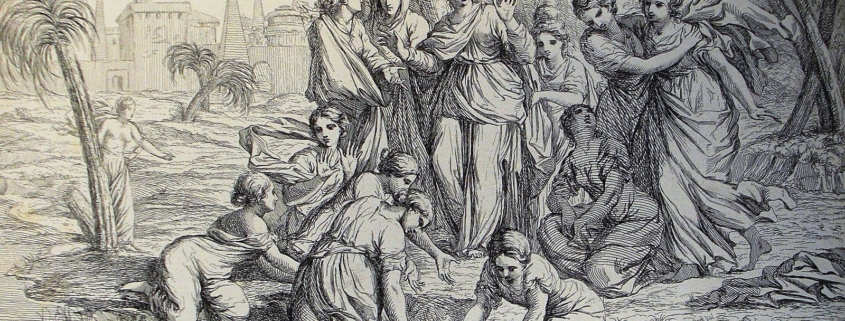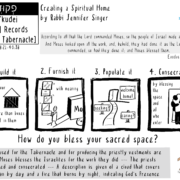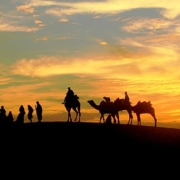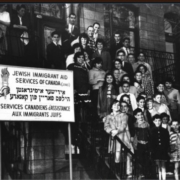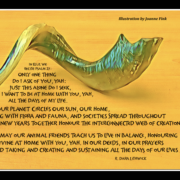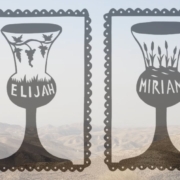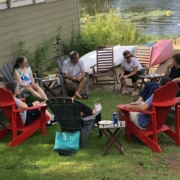Shemot: Leadership, Lessons, and a Burning Bush
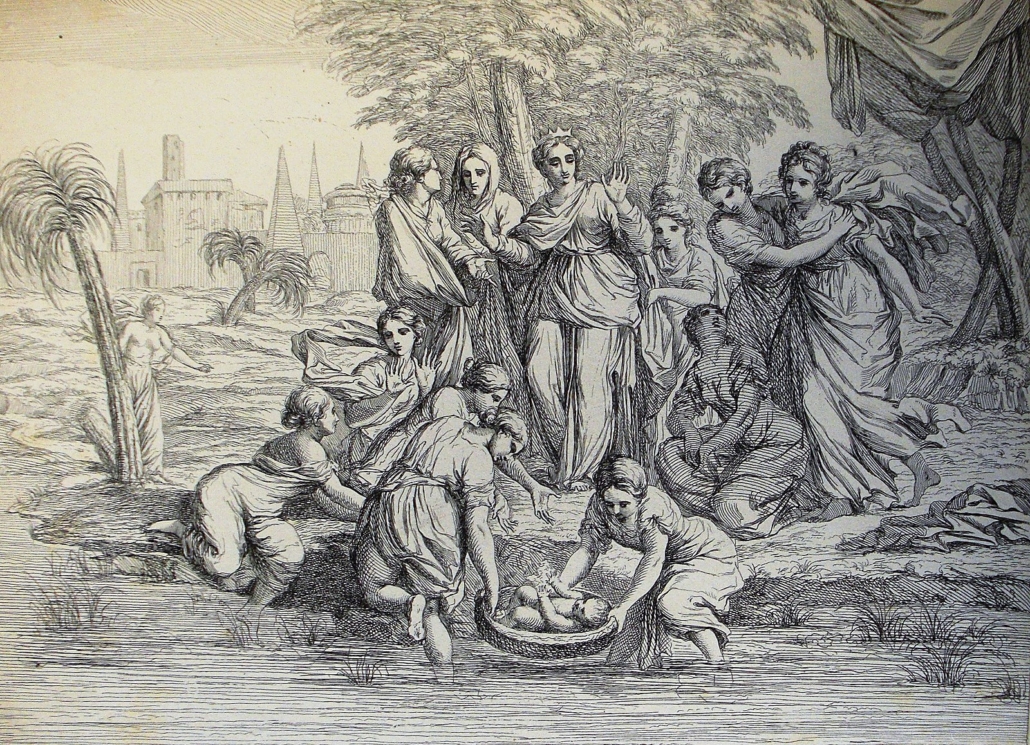
Part of an ongoing series that explores Torah through an ethic of social justice and building a world worthy of the Divine.
This week’s parsha, Shemot, sets out Moshe’s origin story, culminating in God appearing to him out of a burning bush that is not consumed. In order for Moshe to become a leader capable of leading the Israelites out of Egypt, through the desert, and to the threshold of the Promised Land, he needs to learn this parsha’s fundamental lessons that are essential for an ethic of social justice and building a world worthy of the Divine.
First, leaders exist at all levels, in all genders and roles in society. As Pharaoh decreed the murder of all male-born Israelites (Exodus 1: 16 and following), Moshe survives only due to the courage of six women: his mother Yocheved; Shifra and Puah, the two midwives who disobeyed Pharaoh’s order to kill Jewish males; his sister Miriam, also a leader and prophet who protects him; Pharaoh’s daughter, who rescues and adopts him; and Zipporah, his Midianite wife and companion who also saves him at one point. Indeed, our sages teach that “As the reward for the righteous women who lived in that generation the Jewish people were redeemed from Egypt” (BT Sotah 11b:4). As our rabbinic heritage has observed, the passages here emphasize how women, no matter their station, exercise leadership and partner with God.
Second, for Moshe to become a leader worthy of engaging with the Divine, he must first learn how to productively and safely manage conflict. Raised as a prince in Pharaoh’s palace, Moshe had nearly unlimited privilege. Yet his destiny was elsewhere. We see his emerging sense of justice and responsibility as he intervenes when an Egyptian is beating a Hebrew slave, and then again when two Hebrews are fighting. He flees his palace life, arrives in Midian where he again intervenes to help seven sisters who are being harassed by other shepherds (Exodus 2:11-19). Noted biblical scholar Nechama Leibowitz z’l (in Studies in Exodus) suggests that the triptych emphasize Moshe’s commitment to justice and fairness:
Moses intervened on three occasions to save the victim from the aggressor. Each of these represents an archetype. First he intervenes in a clash between a Jew and a non-Jew, second between two Jews and third between two non-Jews. In all three cases Moses championed the just cause…Had we been told only of the first clash, we might have doubted the unselfishness of his motives. Perhaps he had been activated by a sense of solidarity with his own people, hatred for the stronger oppressing his people rather than pure justice. Had we been faced with the second example…perhaps he was revolted by the disgrace of watching internal strife amongst his own folk, activated by national pride…Came the third clash where both parties were outsiders, neither brothers nor neighbors. His sense of justice and fair play was exclusively involved.
That said, the nature of his interventions evolve. In the first instance, Moshe kills the Egyptian aggressor when no one is looking, meeting violence with violence. In the second encounter, the fight between the two Hebrews, Mohe uses his words instead of his fists, intervening to ask them why they are fighting. However, when the aggressor offers a snarky reply (“Who made you a ruler over us? Are you going to kill me as you did the Egyptian?” at Exodus 1:14), Moshe is at a loss to reply. He ultimately flees Egypt once Pharaoh hears that he had killed an Egyptian. Finally, in the third encounter by the well, the text recounts that Moshe “delivers” the daughters of the Midianite priests from the harassing shepherds (and then draws water for the women and waters their flock). The text is clear that Moshe stands his ground and helps the sisters (at Exodus 2:17: וַיָּ֤קם מֹשֶׁה֙ וַיּ֣וֹשִׁעָ֔ן וַיַּ֖שְׁקְ אֶת־צֹאנָֽם literally – Moshe stood, saved, and watered the flock). Here there is no hint of violence, and Moshe does not flee, but rather stands his ground and helps. He has matured into leadership.
Third, to encounter the Divine and take on his mission, Moshe has to be able to pivot, to turn aside, take notice, and shift. Having left the comfort of his position in Egypt, Moshe settled in Midian, married Zipporah, and now tends to the flock of his father-in-law Jethro, the priest of Midian. One day, he goes with the flock out into the wilderness, to Mount Horeb, described as the mountain of God (Horeb could also be Mt. Sinai, place of the burning sneh). Here he sees quite a sight – a messenger of God appearing from a bush that is on fire, but is not being consumed by the fire. Torah, which is often sparse in terms of description, repeats multiple times how Moses needs to look to see what is going on. There is, in my opinion, a beautiful line – Moses says, in Exodus 3:3 “I must turn aside (asura-na), and look at this marvelous sight.” Rabbinic commentary notes that this process of turning can mean both turning away from something but also turning towards something else.
We can read the text here as Moshe’s process of awakening to a calling, to a new state of being. A transformational experience can take time to understand and unpack: our eyes, for example, may see a bush burning, and then only notice that it doesn’t seem to be consumed, and only then really turn to focus to observe and ingest what is going on.
Indeed, Moshe must shift his whole perspective, his whole self, to turn himself to be able to receive God’s message and take on what will be his mission going forward to be the prophet and guide and leader of the Israelites, to lead them out of Egypt and towards Israel. It is only after Moshe engages in this turning, in this re-orientation, that God calls out to him from the bush. Moshe is ready, responding with the words used centuries earlier by Abraham and others: “Hineni – here I am.”
May we too be ready to take on our missions to build a better world.
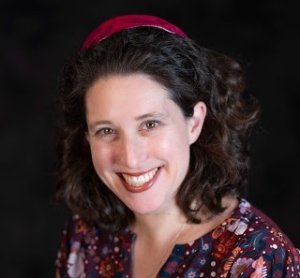
Rabbi Dara Lithwick, the lead builder at Builders Blog, is an advocate for LGBTQ2+ inclusion within diverse Jewish spaces and for Jewish inclusion in LGBTQ2+ spaces. When not at work as a constitutional and parliamentary affairs lawyer, Rabbi Dara chairs the Reform Jewish Community of Canada’s Tikkun Olam Steering Committee and is active at Temple Israel Ottawa, and this winter can be found serving as ski patrol at Sommet Edelweiss. She is a member of Bayit’s Board of Directors.

